
Now that you know something about everyday fish nutrition, let's talk about the specialized role that food plays in the breeding process. While some species of aquarium fish-guppies and zebra danios, for instance-will reproduce in almost any situation, you will need to give many other species a little extra nudge by doing what is known as conditioning them-that is, preparing them for spawning by getting them into top physical shape. And diet plays an enormous role in that.
In the wild, such conditioning occurs naturally, often on a predictable schedule linked to annual climactic shifts. Warm weather, for instance, typically brings a boom in the worms, insects, crustaceans, protozoa, and algae that are present in water, providing a veritable smorgasbord for fish.
Since there is no rainy season to bring about such a change in the food supply in a home aquarium, you will have to take over nature's role by supplementing your fishes' diet with small but frequent meals of a wide variety of live foods. Eating these highly nutritious foods not only gives fish increased energy but stimulates production of healthy eggs and sperm. The sudden infusion of food may also signal to them that it is a good time to breed, because there will be plenty for their fry to eat. And some scientists theorize that the excitement of hunting down food as they would in the wild provides fish with the extra stimulation they need to spawn in captivity.
There are a couple of drawbacks to live food, however. First, getting hold of it is usually not nearly as convenient as running to the local pet shop and buying a can of flakes. Some pet shops carry live fish foods, and if you live near a bait shop, you may be able to buy some types there as well. But it's more likely that you'll have to catch, dig up, or culture live foods yourself-something that doesn't always go over well with other members of the family when they fling open the refrigerator door to discover a batch of squirming tubifex worms next to the lamb chops.
In addition, live foods can, in some instances, introduce parasites or other harmful organisms into your tank, particularly when collected in the wild. The alternative is to use a frozen or freeze-dried version of the live food; while the nutrient content may be slightly diminished by the processing, some breeders feel it's worth it because it's safer. If you do use live food, be sure the source from which you gather it (or buy it) is trustworthy.
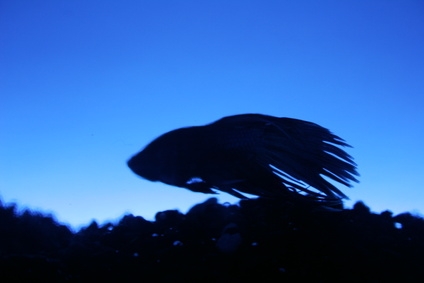 How to Tell a Male Betta From a Female Betta
How to Tell a Male Betta From a Female Betta
How to Tell a Male Betta From a Female Betta
How to Tell a Male Betta From a Female Betta
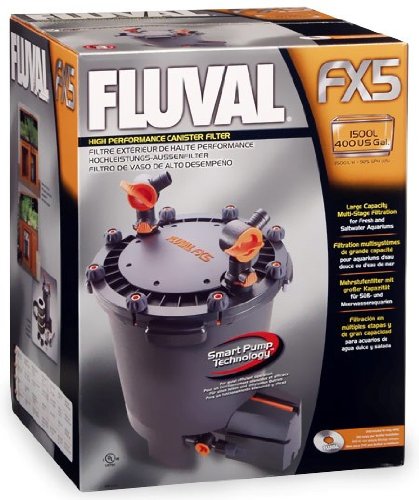 Fluval Aquarium Filters
Fluval Fish Tank Filters for Your AquariumIn t
Fluval Aquarium Filters
Fluval Fish Tank Filters for Your AquariumIn t
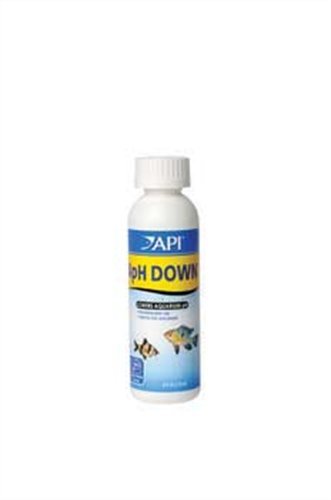 Cloudy Aquarium Water
How to Get Keep My Aquarium Water Clear
Cloudy Aquarium Water
How to Get Keep My Aquarium Water Clear
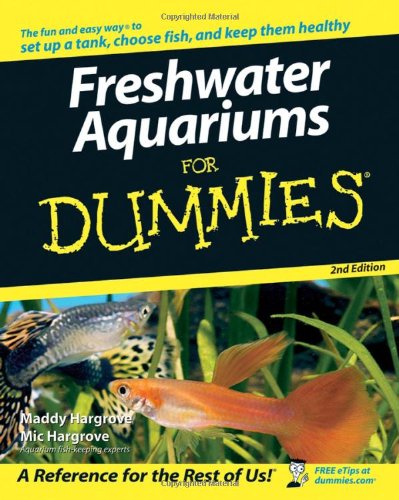 Advantages of a Freshwater Aquarium
Owning a freshwater aquarium
Advantages of a Freshwater Aquarium
Owning a freshwater aquarium
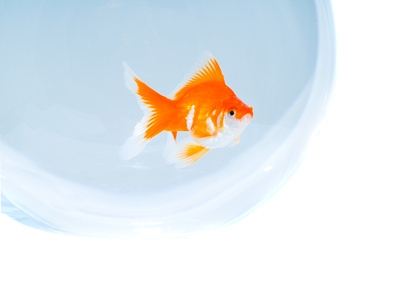 How to Make Fish Survive in a Glass Bowl
How to Make Fish Survive in a Glass Bowl
How to Make Fish Survive in a Glass Bowl
How to Make Fish Survive in a Glass Bowl
Copyright © 2005-2016 Pet Information All Rights Reserved
Contact us: www162date@outlook.com